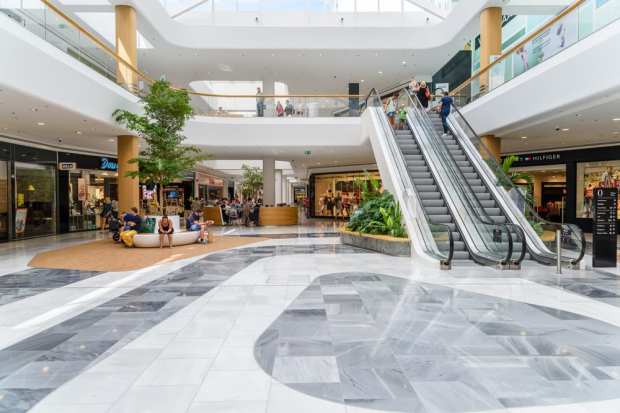Bowling Alleys, Gyms Taking Over Mall Space

A new study has found that in-line tenants in malls are signing on for shorter lease periods, while non-traditional tenants are opting to fill up the space.
Data from CoStar has revealed that leases for general retail and apparel tenants have fallen from an average of six years in the five-year period ending in 2007 to 4.5 years in the most recent period.
Yet lease lengths for non-traditional tenants have risen to an average of 5.6 years. The data showed that 5,000 mall stores, which make up 147 million square feet of retail space, closed last year, with 88 percent belonging to departing anchors. CoStar noted that the empty space is now being occupied by what it calls the new mall anchors: food halls, fitness centers, movie theaters, bowling alleys, entertainment centers and discounters. In fact, data shows that U.S. mall space is now a 50-50 mix of traditional to non-traditional tenants.
With that in mind, earlier this month it was reported that some mall developers have started repurposing spaces into workplaces with high-end amenities for firms like Google. For example, in Los Angeles, part of the Westside Pavilion is set to be redeveloped into a 584,000-square-foot office for the tech company in a project that is slated to finish in 2022.
The report noted that coworking could also be a space-filler for struggling malls, with those kinds of spaces set for 25 percent growth through 2023 at retail properties. In addition, malls have been leasing spaces to gyms and immersive destinations.
But Bain & Co. Retail Consultant Mikey Vu isn’t sure whether these kinds of uses can make a profit, adding that while they might do well in large cities, they could be less popular in smaller locales. Vu noted that the “business model hasn’t been proven out,” adding that “I don’t think anybody knows how to do it extremely efficiently to generate profit margins.”
